Flying into town at night, the infinity sprawl of twinkling city lights graphically illustrated why Mexico City’s is bigger than a metropolis, it’s a megapolis. Home to over 20 million residents, it’s a chaotic tangle of complexities and a city of extreme superlatives, with the second-highest number of museums in the world, while it also boasts the oldest forest in the Americas. (Bosque Chapultepec, an urban park that’s double the size of New York City’s Central Park). Then there is the mega-scale traffic congestion. Top tip – don’t try and get a taxi from the airport during the peak-hour rush. On final approach to the airport, as the city shimmered below, one whopping slab of darkness loomed large out the plane window.

It happened to be one of the prime reasons I was paying a visit to Mexico City, to venture to the Teotihuacan Pyramids. 45km northeast of downtown, this sacred pre-Hispanic city is a blockbuster for history and architecture buffs. The site’s primary structures, the Temple of Quetzalcoatl and the Pyramids of the Sun and the Moon, have been designated by UNESCO as World Heritage Sites. Built 1000 years before the arrival of the Aztecs, this ancient Mesoamerican city, with its multi-family residential compounds and its pyramids are at least 2000 years old.
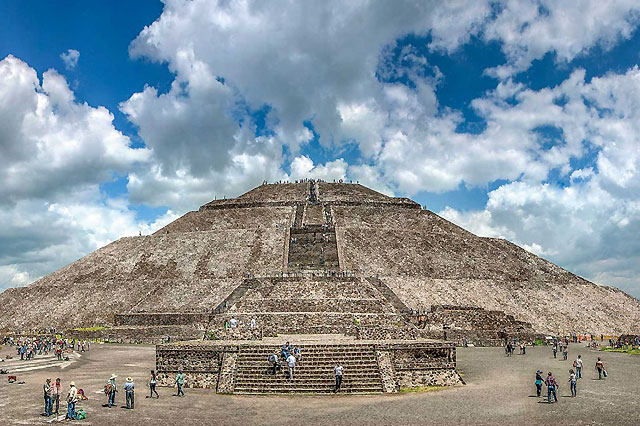
After ascending nearly 250 steps on the Pyramid of the Sun, the immensity of these ancient structures and the civilisation responsible for building them, left me awe-struck. But get here early in the day, to beat the heat and the surging crowds. When the original temple was excavated, the bodies of over 200 sacrificed victims were discovered at its base. These bodies are located inside the museum near the pyramids, which whisks you through the background to the “City of the Gods.”
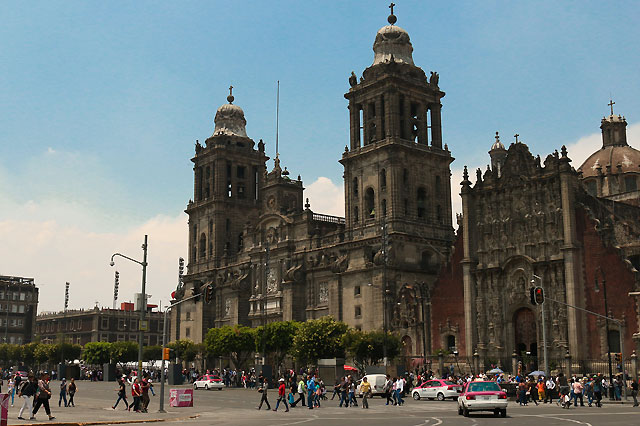
The heart of Mexico City was raised from the ruins of Aztec Tenochitlan, the most beautiful city in the Americas – till Córtez razed it. Since the time of the Aztecs, the Zocalo has served as the city’s political, cultural and religious hub. It’s hot. Chaotic. Crowded. And a total blast to visit. The city’s monstrous main square is ringed by Cathedral Metropolitana, the National Palace, and other grandiose structures—is an eyeful to relish at any time of the day or night. But at 6 am and 6pm, there’s a ceremony that’s especially worth witnessing.
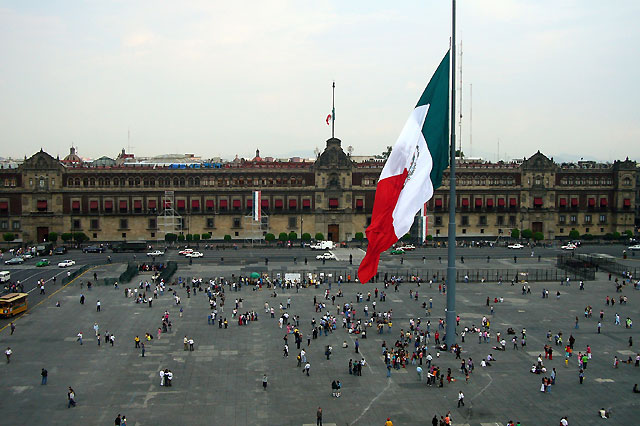
A huge cadre of military police parades into the plaza to raise the Mexican flag in the morning and lower it in the evening. Purported to be the biggest flag in the country, the raising and lowering requires many hands. As the flag is run up or down the pole, brass and percussion instruments proudly play the national anthem with everyone standing at attention. This patriotic display in one of the city’s most symbolic spaces is a memorable event to see.
Also in the square, the Aztec Templo Mayor.
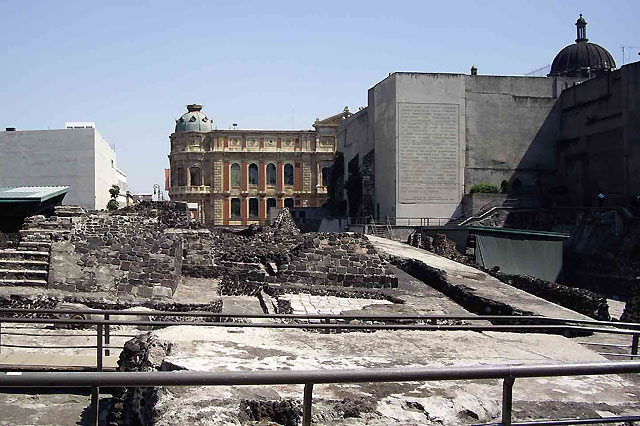
Following the 16th century conquest of the Aztec empire, the Spanish overlords set about eliminating traces of pre-Hispanic religions by demolishing major temples and building churches atop their ruins. In 1978, workers laying electrical lines happened upon the remains of the Templo Mayor, the Aztecs’ most important ceremonial centre, while subsequent excavations unearthed priceless artworks. The treasures keep turning up—two years ago, a stone box containing some of the finest Aztec gold ever found, was discovered on the site.
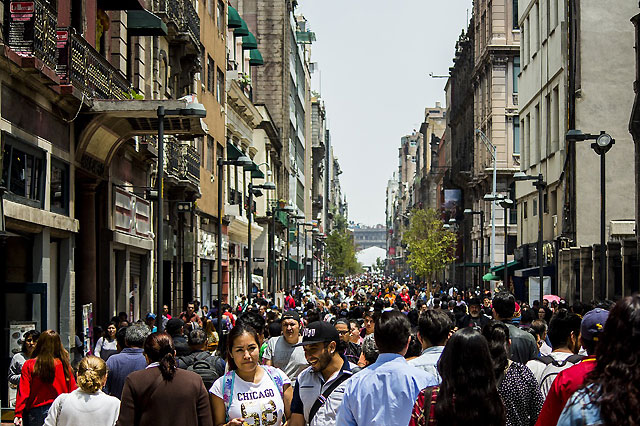
While some locals roll their eyes about the commodification of the ritual, “aura cleansings” make for quite the spectacle in the Zocalo. Shamans and medicine men routinely undertake these spiritual rituals, which derives from early indigenous cultures. Conch shells, small pots with incense (typically made from Mexican copal), and feathers are among the accoutrements that will be used to clean the paying seeker’s aura.
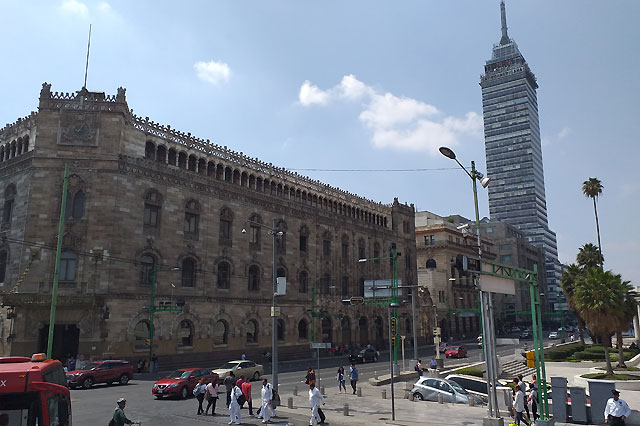
In a city studded with galleries, my pick is the opulent art nouveau-influenced Palacio de Bellas Artes which functions as a museum of Mexican art (including murals by Rivera and Siqueiros) as well as a theatre and performance space. Diego Rivera’s famous “Epic of the Mexican People” mural is gob-stopping.
It’s fronted by the Alameda Central, a leafy city park. For a superb view of the city, ride in the express lift to the top of the 44-storey Torre Latinoamericana before tucking into a hearty Mexican lunch at the atmospheric La Opera, a classic cantina that opened in 1876. Cantinas will always serve snacks (called botanas) with your drinks, a local variant of Spanish tapas. Another great haunt close to the Zocalo is Café De Taguba.
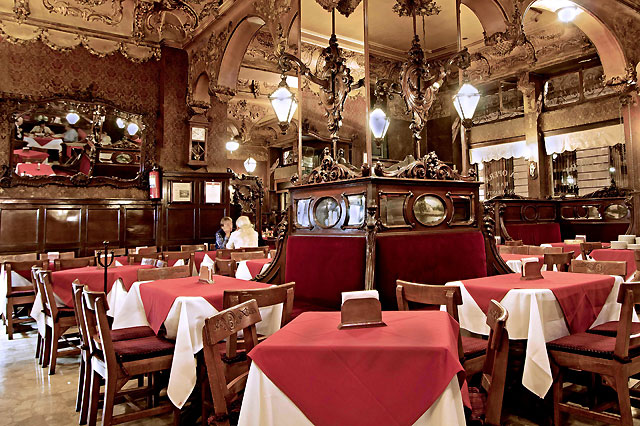
Fifteen minutes down the mighty Reforma avenue, I made my way to Castillo de Chapultepec, the only royal castle in the Americas. It was the official residence of the Spanish royals during the Second Mexican Empire, later used as the presidential mansion. Today it’s home to the city’s main history museum, its ceilings and walls are festooned with the biggest, boldest murals. Reforma is the main artery through central Mexico City, and while it’s typically spewing in choked-up traffic, Sundays on the Reforma are quite the revelation, when the avenue is a free-zone for pedestrians and cyclists only.
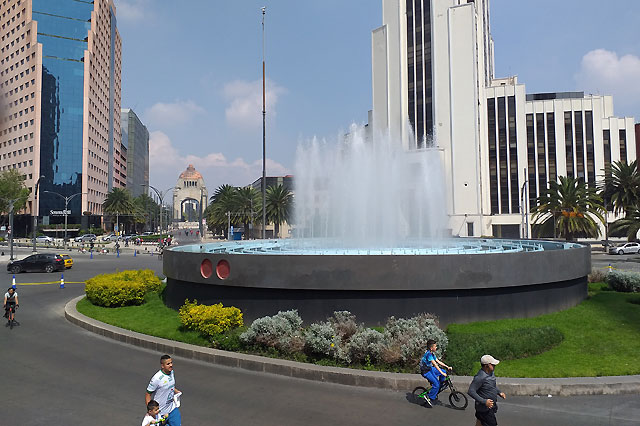
Further afield, Trotsky House Museum pays homage to the exiled Russian revolutionary who lived here in 1939-40. He survived an assassination attempt in May 1940 before being murdered by a Spanish Communist just 3 months later. The house contains his library and the original bedrooms; his ashes are buried beside those of his wife in the pretty garden.
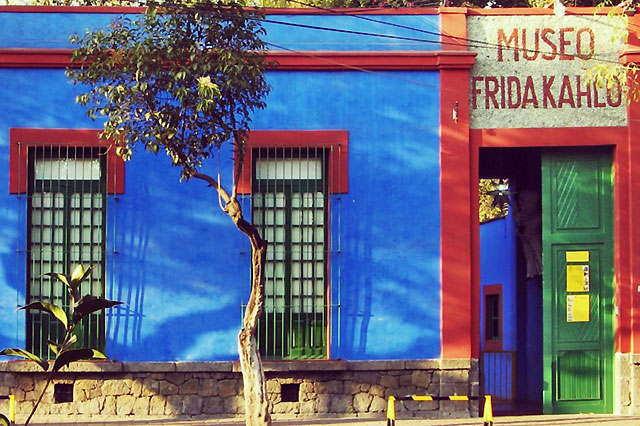
Another big crowd-pleaser is Casa Azul. The cobalt-blue-and-brick-red residence was where the legendary visual artist Frida Kahlo grew up—and at times lived with husband Diego Rivera. In addition to holding some of her paintings, the house also showcases her astounding wardrobe and collection of pre-Columbian artifacts, while the museum highlights the artist’s struggles with depression, marital infidelities and illness.
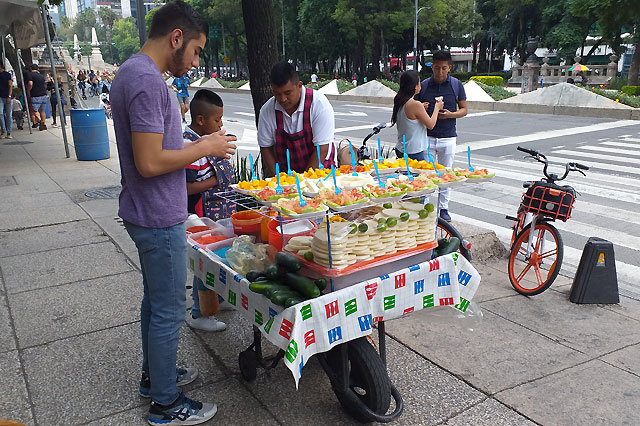
Spanning more than 1,600 acres, Bosque Chapultepec serves as the lungs of the city, a majestic green space that is packed with attractions. There’s a zoo, multiple museums, a botanical garden, a recreational lake, monuments to Mexican patriots and international heroes, and even an archaeological site, Montezuma’s Baths. Accentuating the leisurely vibe, snack vendors and street performers by the truckload. The park is feverishly popular with local families on weekends giving you a flavourful glimpse of Mexico City’s soul.
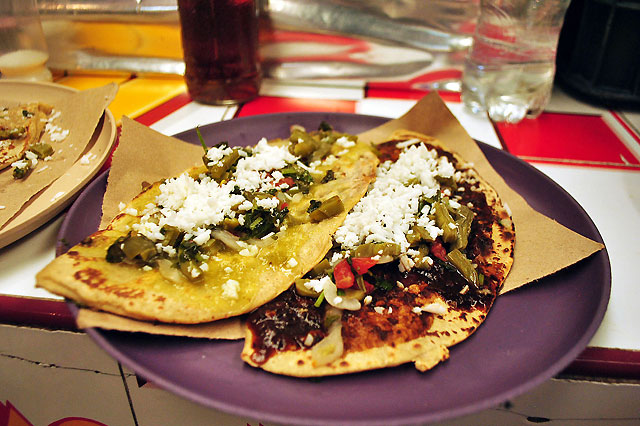
For a taste of the city’s eats, I highly recommend taking a food tour with Eat Mexico. Even visitors who consider themselves fluent in both the Spanish language and in Mexican food can find themselves scratching their heads over the restaurant menus. With influences from all over the vast country’s regional cuisines, menus are typically loaded with a bewildering array of choice. Be sure to try peneques, tlacoyos and tlayudas, which certainly aren’t as familiar outside Mexico.
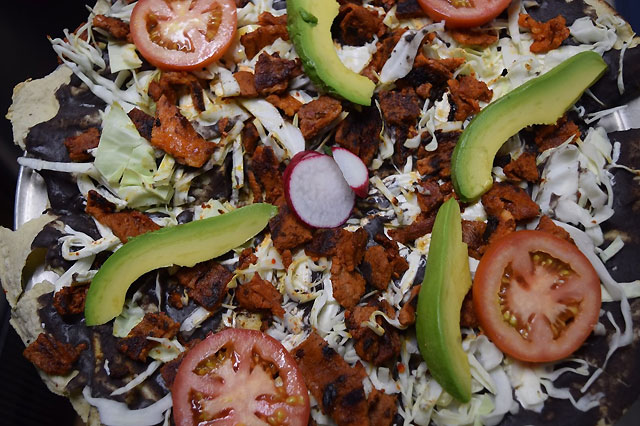
Insects are wildly du jour in Mexico City. Some of the most decorated eateries have added fried maguey worms to their culinary repertoire, or why not try guacamole with grasshoppers? Rich in protein, kind to the planet, and worthy of Aztec nobles, what’s not to like? Sautéed beetle larvae, por favor! As a caffeine fiend from way back, I fell in love with Chiapas coffee – widely available, bold tasting and aromatic. Pack a bag of beans or two in your luggage.
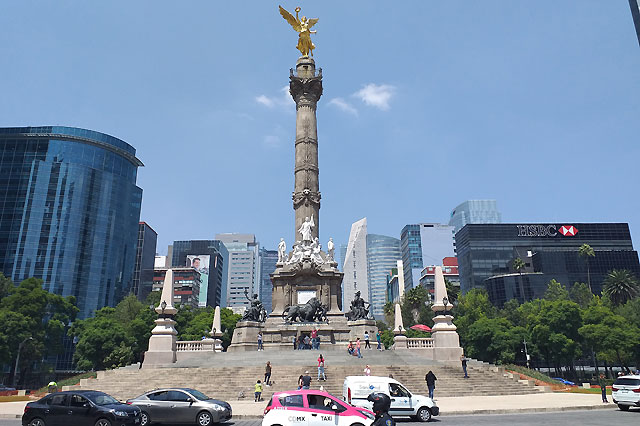
Where to stay? Keen to stay the heart of the city, Booking.com led me to the stirring urban roost, Sheraton Maria Isabel. Offering an outdoor pool and fabulous on-site dining, the five-star hotel lords over Paseo de la Reforma Avenue, right across the road from the Angel of Independence Monument. All of the creature comforts are laid with bedding boasting a custom-designed plush mattress. Accommodations are stylish and spacious, with cable TV and free WiFi.
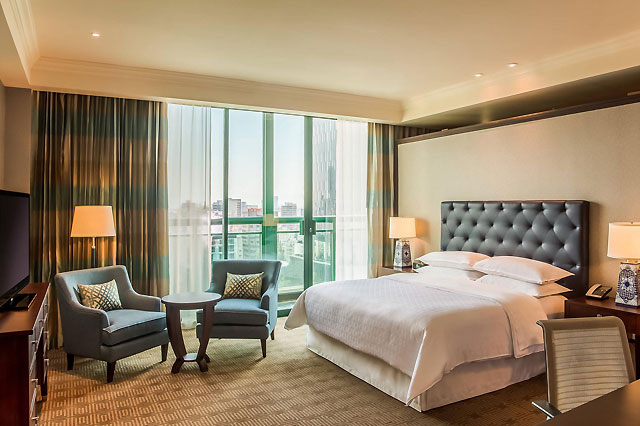
Jorongo, the on-site bar, features live mariachi music. Ristorante Amici, the award-winning restaurant at Sheraton Maria Isabel, specialises in Italian cuisine. Upgrade your stay to enjoy exclusive privileges at The Sheraton Club Lounge, where a decadent buffet breakfast, all-day snacks and drinks, and hors d’oeuvre will please the palette around the clock. It’s a winning hotel in a winning location. Booking.com research increasingly shows that Kiwis love staking out distinctive accommodation experiences and in a mega-city, selecting the right location is critical. Don’t leave it to chance. www.booking.com
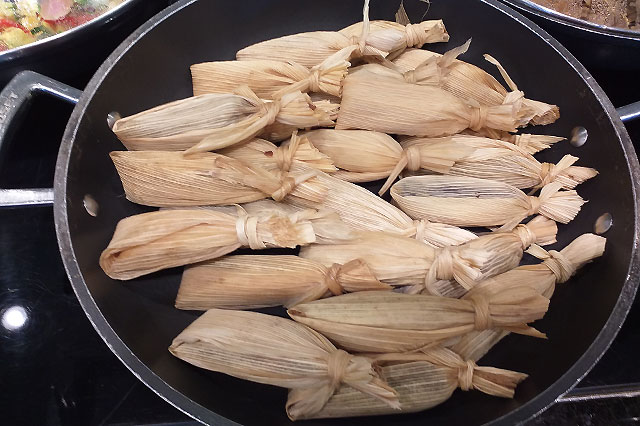
Yes, Mexico City be overwhelming and intimidating, especially for a newcomer, but it’s also an enchanting trip through time. It makes for a great city break to and from South America. I flew there with United Airlines, who offer direct flights from a host of cities including San Francisco, which is handy given United flies direct to SFO from Auckland. Premium Plus is United’s new and improved Premium Economy offering. The seats are designed to be more comfortable than those in Economy, with extended recline and definitely more room for legs and elbows.
You also get Saks Fifth Avenue bedding (a pillow and soft, woollen blanket) and slippers, and an amenity kit with socks, eye mask, ear plugs, dental kit and Sunday Riley hand cream and lip balm.
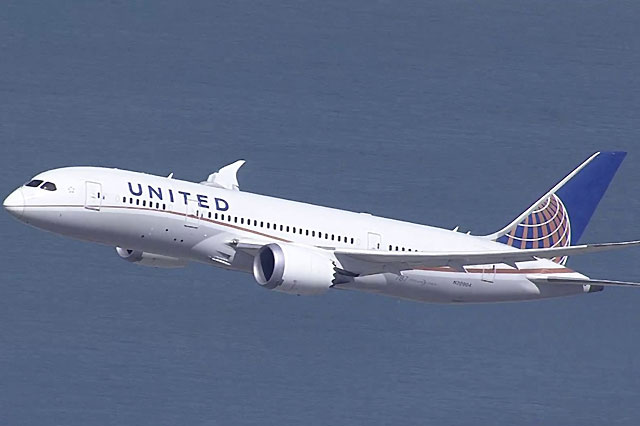
Along with a 13-inch seatback touchscreen and noise cancelling headphones, premium passengers get an enhanced food selection too, elegantly served on proper plates with metal cutlery and linen napkins. Whatever class of travel you choose, United serves up a vast library of movie, TV, audio and games channels available to watch on the seatback TVs or on personal devices using the United app. Plus you can order up United wifi on many flights. www.united.com

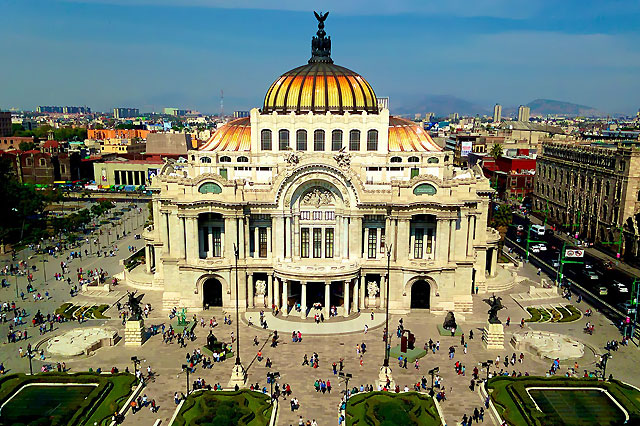
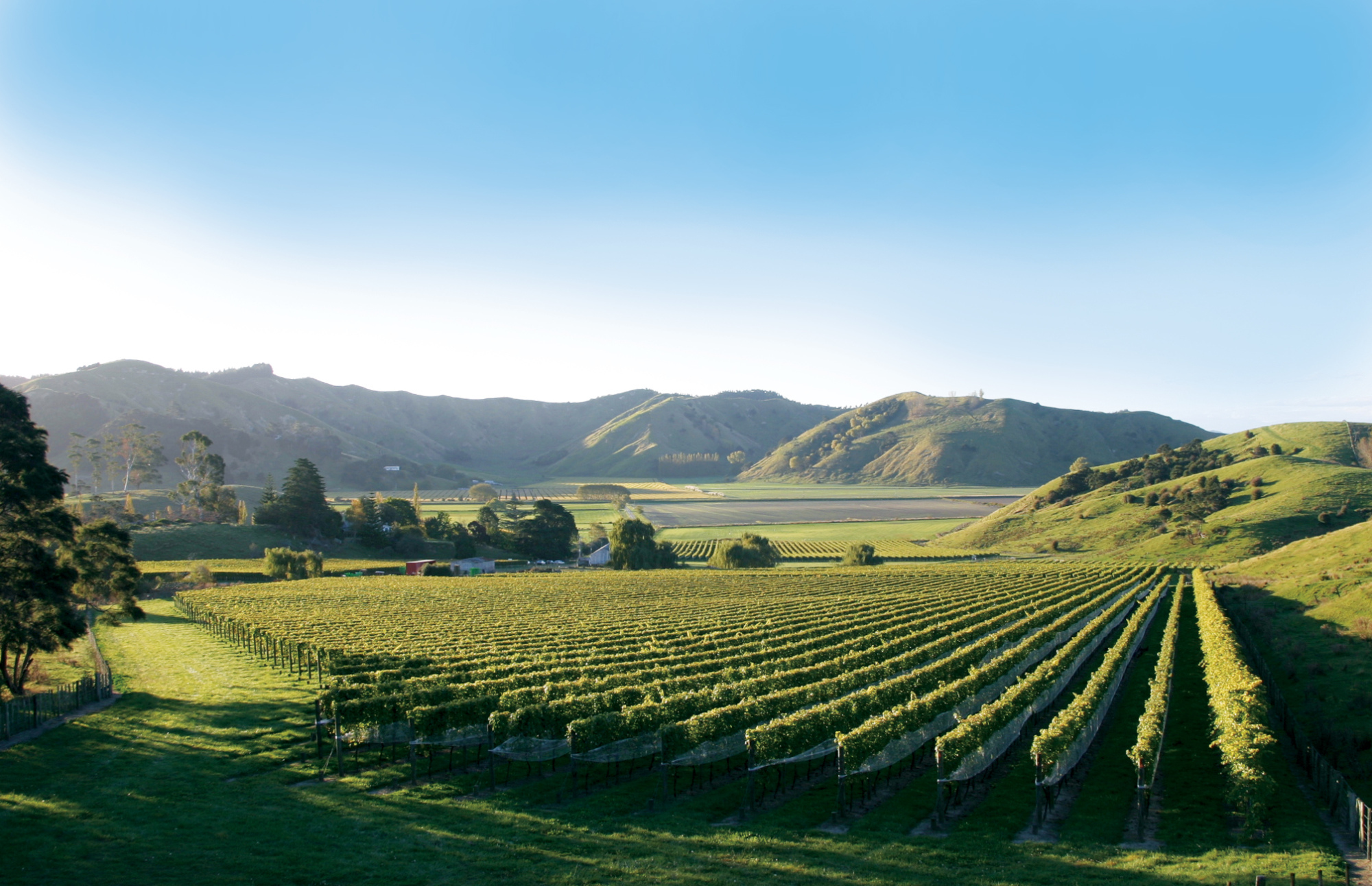
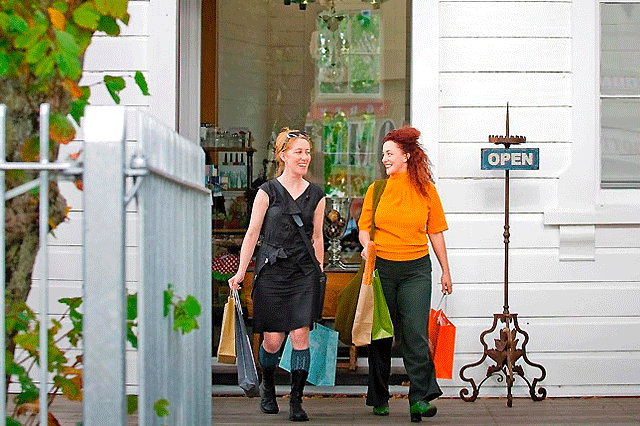
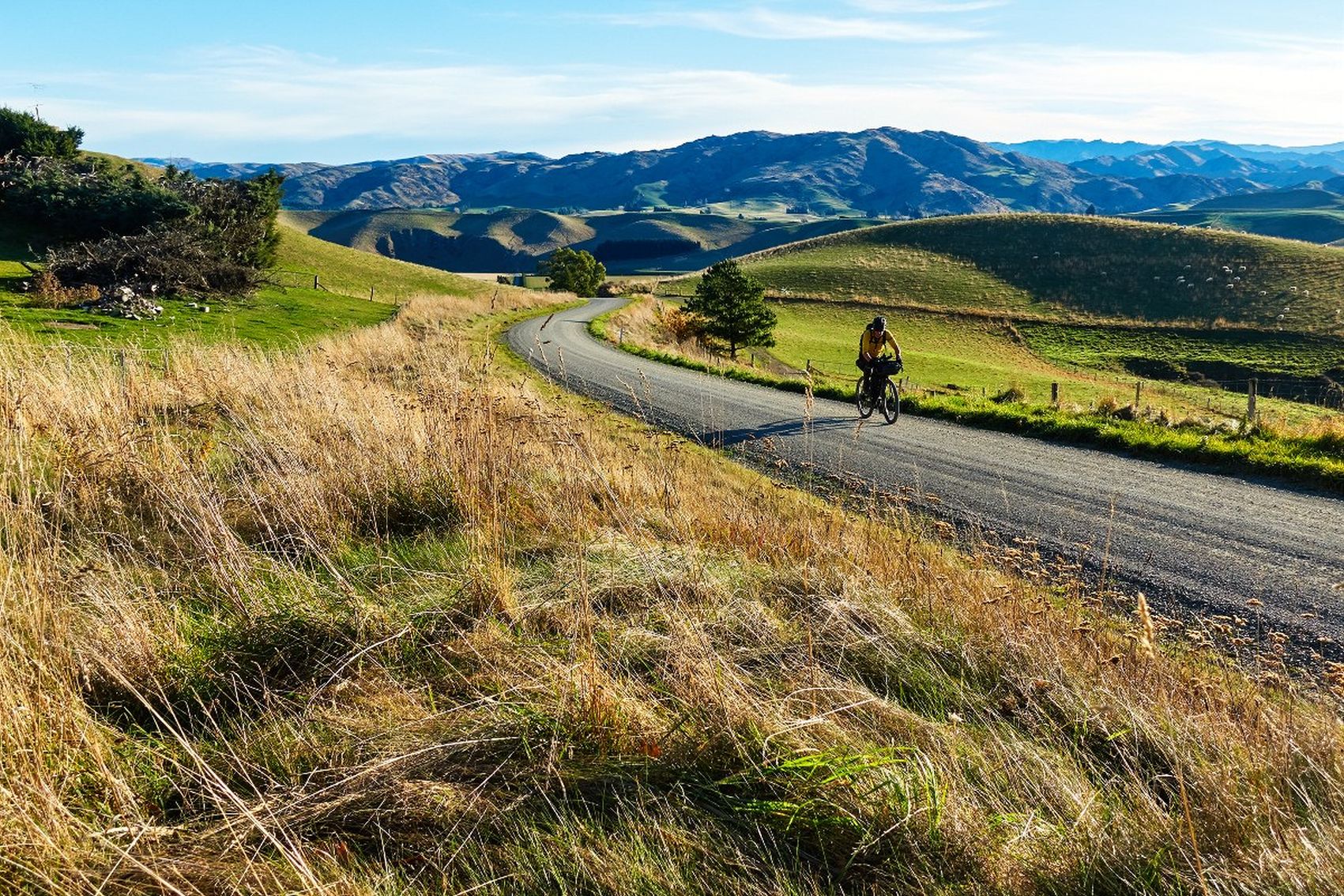
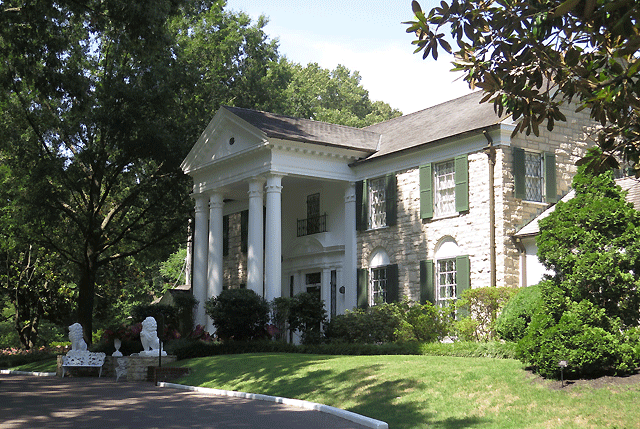
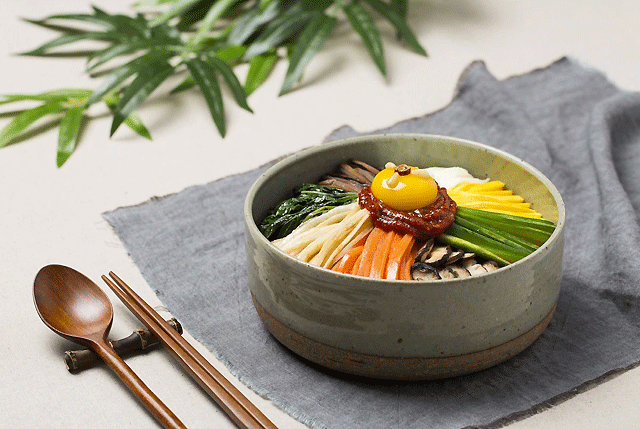
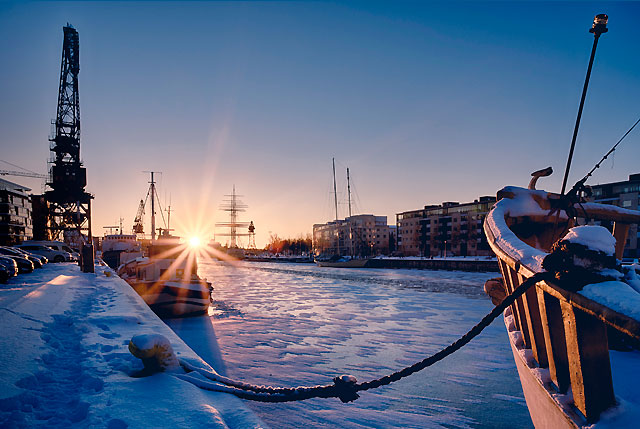
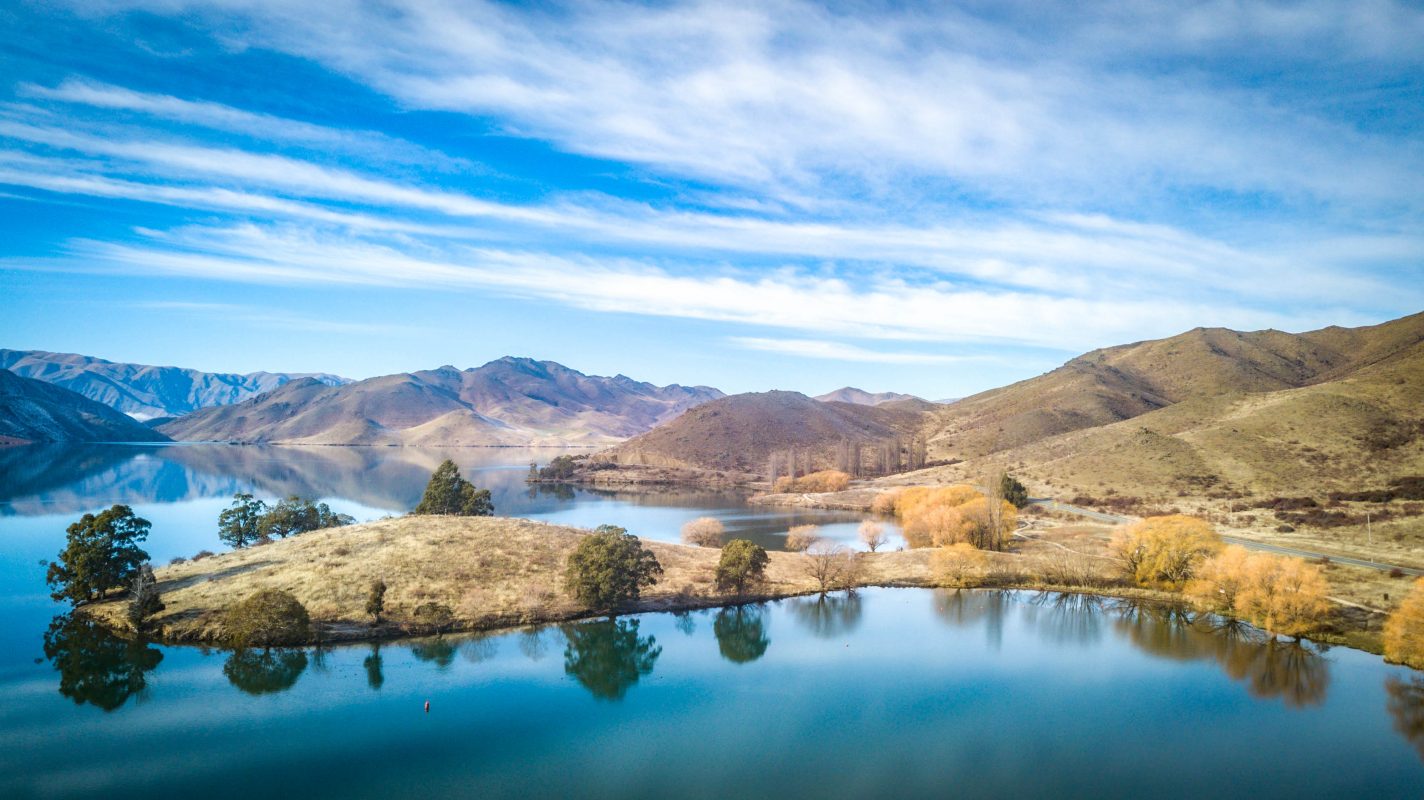




Recent Comments